Day 5 (Feb 04, 2016)
‘Ceduna Terrace, if you please, this sounds a most perfect place to spend a Thursday…’ and so it was.
Heading west the wind and swell have abated but heavy cumulonimbus cloud, remnants from Ex-Tropical Cyclone Stan covered 7/8 of the sky.
The first sonobuoy was deployed at 0700 and again we are listening to the sea! This brings Whale Song alive-I just love it! Using bearings from detections on the sonobuoy, Curt and Rob directed our vessel track to a sound that we have heard often and wondered about the producer. With harmonics seen, Rob convincingly commented ‘It has to be close!’ To the decks we ventured with vests (combating the cool Southern Ocean air), hats and sunglasses for the glare and binos (=binoculars), simply, to see what is there! Within only 10 minutes I was knocking on the window of the wheelhouse, there right at 300 degrees Relative (60 Red) and only 50 m away was a cetacean! The blow puffed away quickly, and rounding through the water a dark body appeared against the grey water, about 6-7 m in length with a upright almost triangular, falcate dorsal fin with body patterns seen by Carrie as being brown dorsally and cream ventrally. These characteristics put this pair of whales as possibly Shepherd’s Beaked whales.
‘There’s two!’ Resty said from the flybridge, as we saw a second animal, 4-5 m long surface near the larger animal. We had a cow/calf pair! Are these whales the maker of that mystery sound? We are certainly not certain of several things today and we re-learned that old adage, “the more you know, the more you realise you don’t know”! Have we solved another puzzle? Only time will tell.
Of three albatross passes today, I was more certain. The first, a Shy Albatross cruised by quickly but with a few wingovers, I could see the distinctive black notch at the base of the leading edge of the wing. I love these birds. The grey head was nicely toned, and the dark browed markings striking, in the greying light of the late afternoon. Shy Albatross are the largest of the black-backed “mollymawk” albatrosses but are still half a metre to one metre smaller than the two great albatrosses, The Wandering and Royal. In the fading light of the day, two surprises were in store. Firstly, an approximately 2 year old Wandering Albatross made one fleeting pass by, such that I could photograph the mottled brown and white markings on the upper body and then not long later an approximately 4 year old Wandering Albatross circled Whale Song a couple of times! The power and grace of flight made by a bird with a body 1.1-1.2 m in length and a wingspan of 2.5-3.5 m, never ceases to amaze. Up and over the waves gliding effortlessly. I have always enjoyed being in the presence of albatross and none more than the mighty Wandering. On deck, while trying to capture the grace of movement on a windy, rolling deck, I utter a sigh of contentment but then reality hits…
Sad news-an avian biologist currently believes these birds will be extinct within 20 years due to human pressure. Twenty years… extinct… These are strong words. I am holding each and every fleeting experience with these magnificent ocean wanderers very close to my heart. I desperately hope he is wrong. I want to hope otherwise. Our children and our children’s children must know these birds…
Did I do my best to save an Albatross today?
Feeling contemplative,
Mich

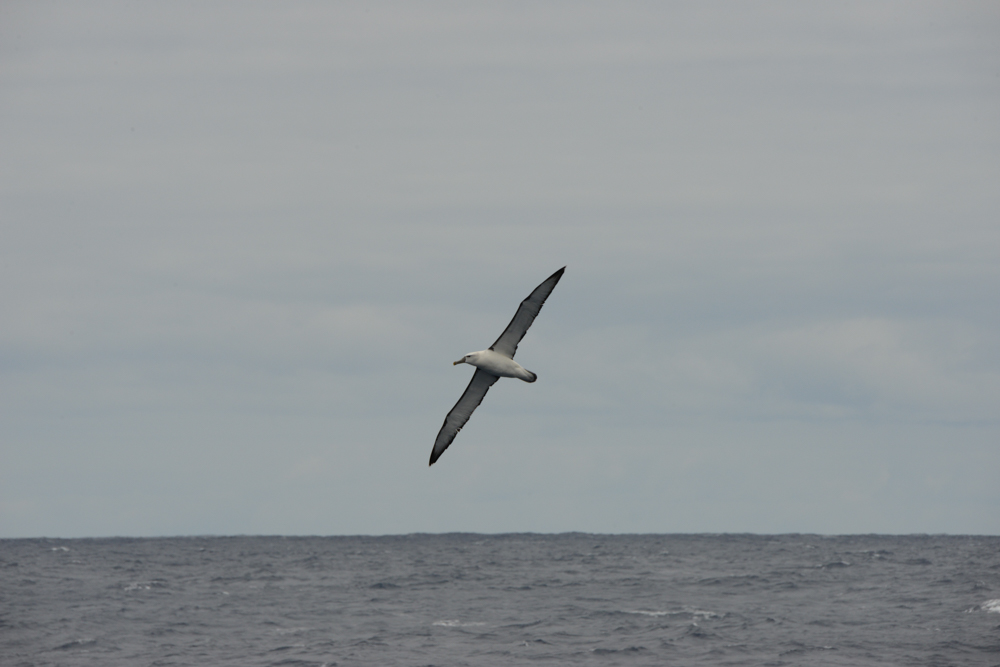
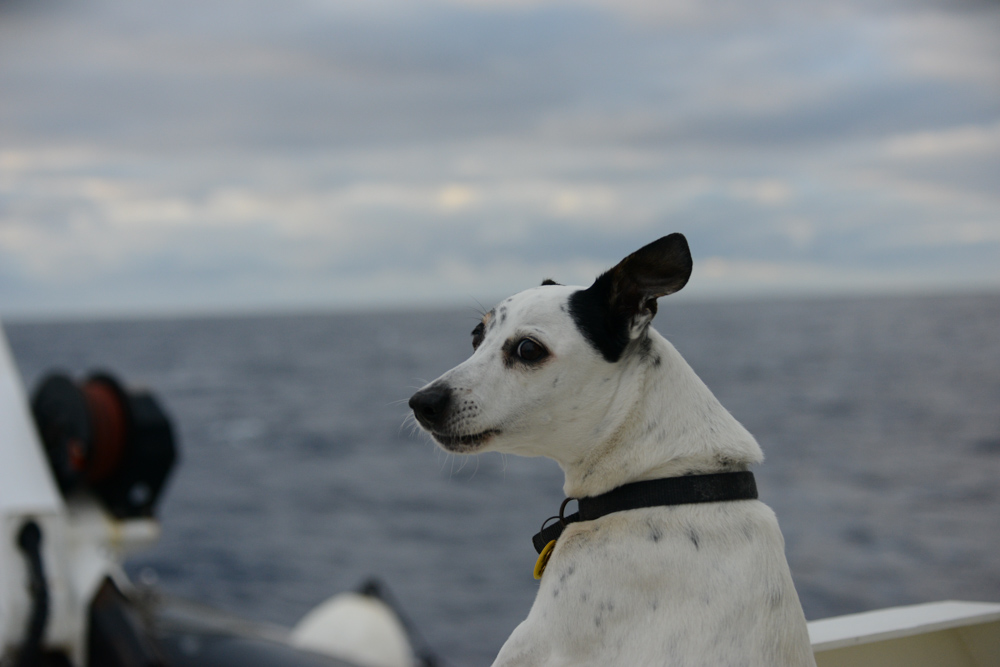
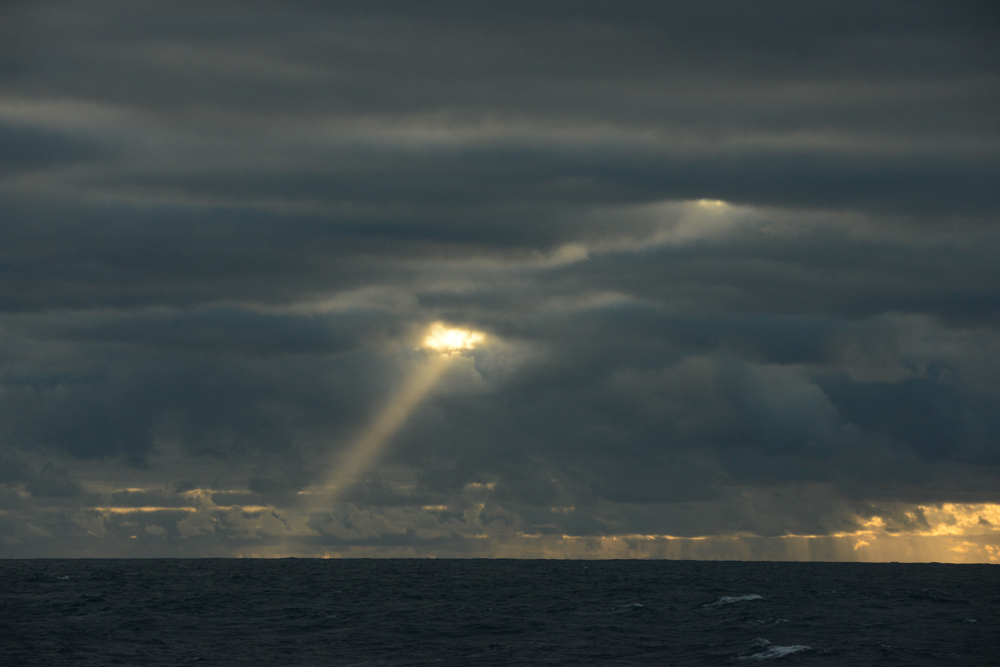
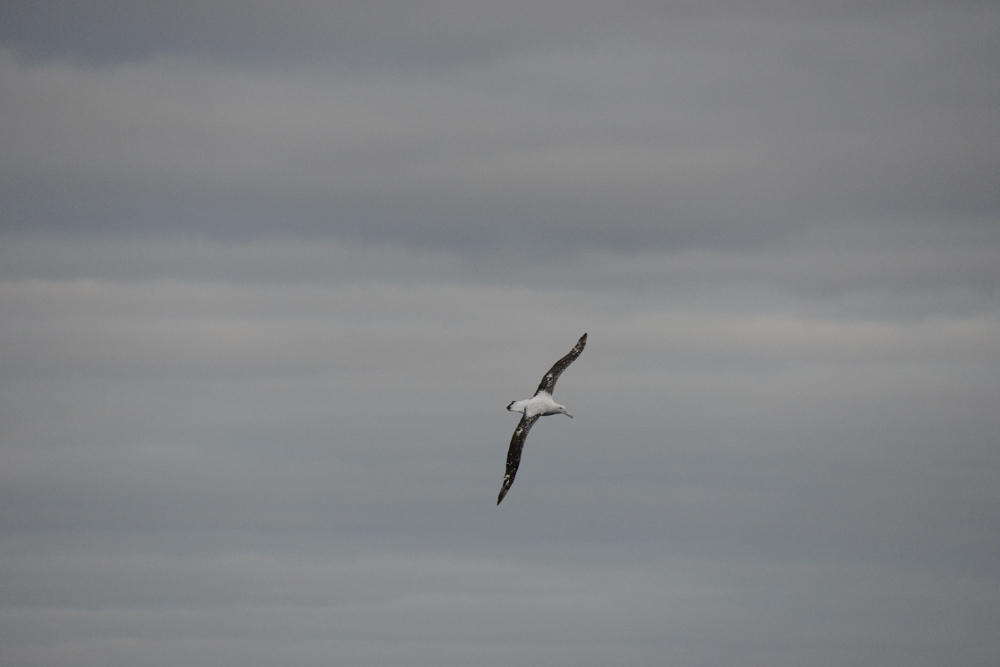



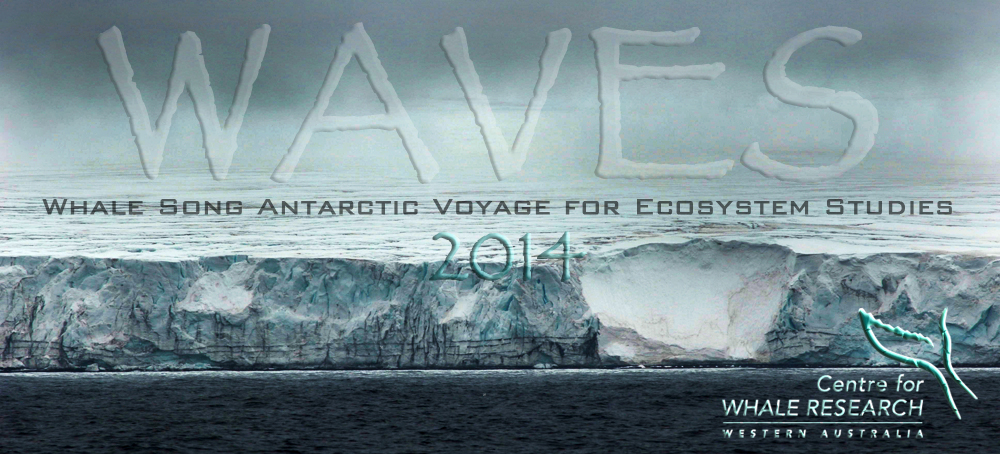










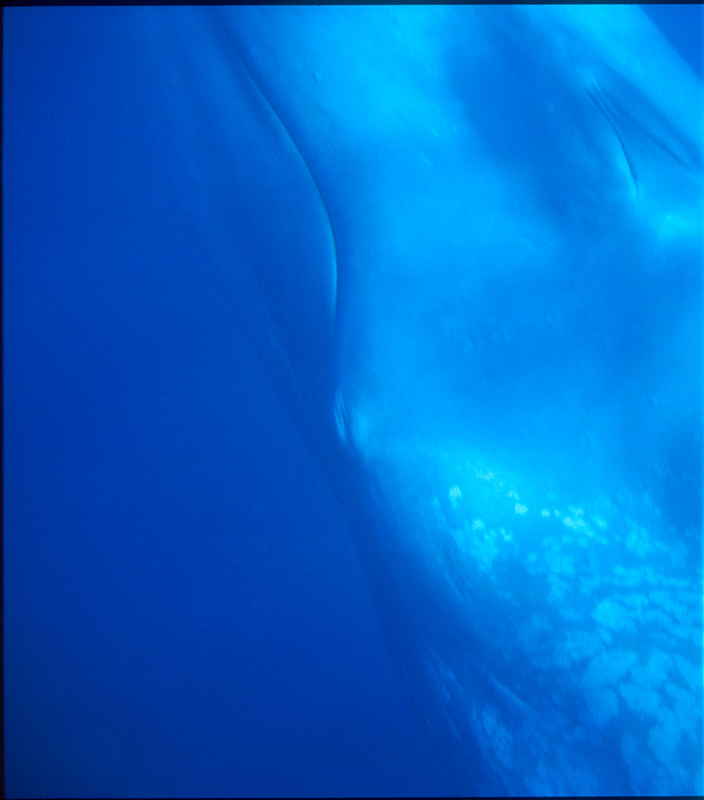
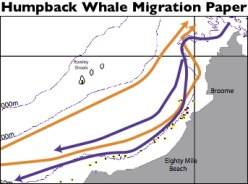
No comments yet.